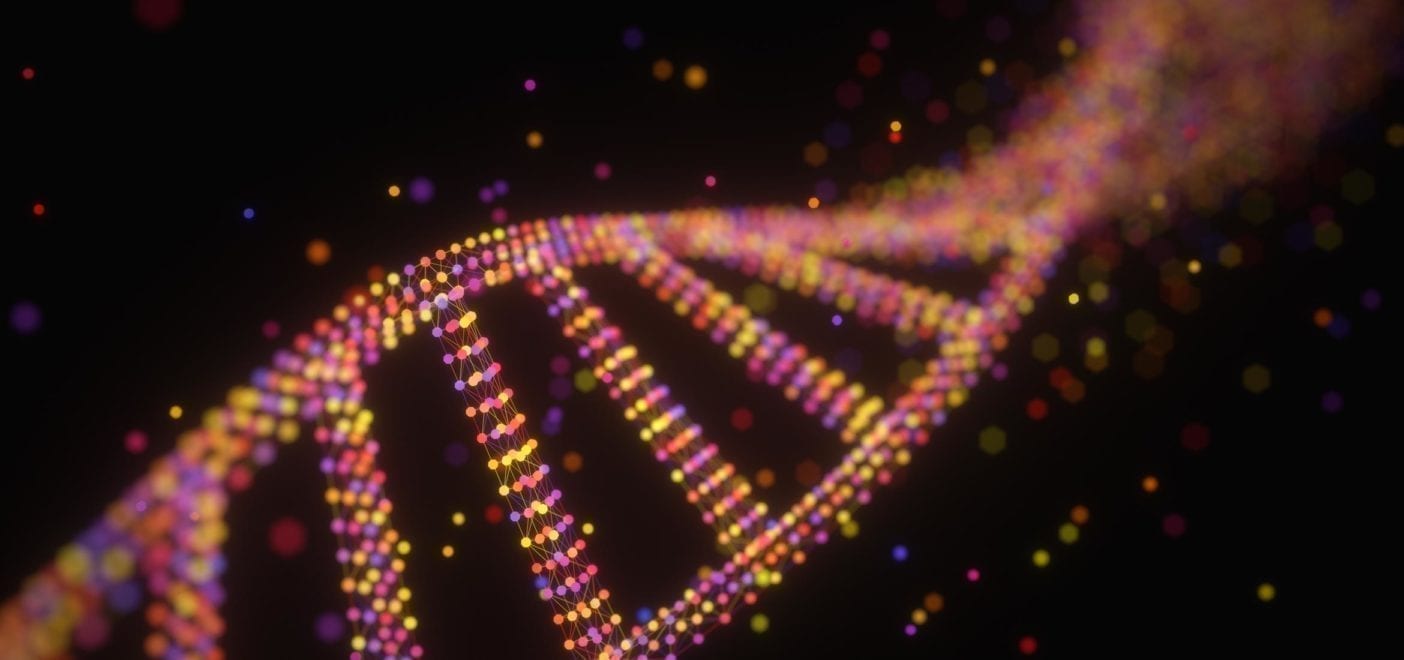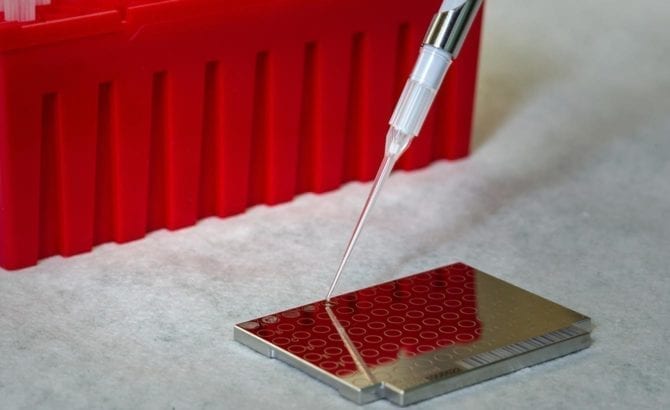Dx29: AI to diagnose rare diseases
There are more than 6,000 pathologies that are difficult to diagnose, and their treatment is a challenge for research.
One in four cases of rare diseases ends up being misdiagnosed, which means that 40% of rare disease patients see their condition worsen due to misdiagnosis.
Therefore, the objective of applying artificial intelligence in this field is to try to reduce all these numbers and have a better knowledge, accuracy and diagnosis of such ailments.
Dx29 is an artificial intelligence-assisted platform built to facilitate the analysis and diagnosis of rare diseases. Our only goal with this project is to help, collaborating in the research of rare diseases by providing our Artificial Intelligence developments. And we do it without any profit motive.
It is estimated that it takes an average of five years for those suffering from one of these diseases to be correctly diagnosed, which leads them to see an average of eight specialists. And because they are lesser-known disorders, one in four cases ends up being misdiagnosed.
It was therefore crucial to create a tool that would speed up this process and increase the chances of a correct diagnosis.



The process
To assist the physician in diagnosis, artificial intelligence goes through four phases: phenotyping, genotyping, phenotype refinement and final evaluation.
First, it processes in the first phase (phenotyping) reports from different sources to extract symptoms and code them.
It then launches a machine learning algorithm to classify the patient’s thousands of mutations according to their relationship to phenotypes.
The AI then suggests new symptoms for the physician to contrast.
Finally, the system generates a ranked list of possible pathologies with an assigned score.
Results
- It allows the physician to know to what extent the symptoms and genetic data are identical to other pathologies.
- It makes it easier to rule out some diseases and to approach others.
- It speeds up the diagnostic process.
We are ready for new challenges


